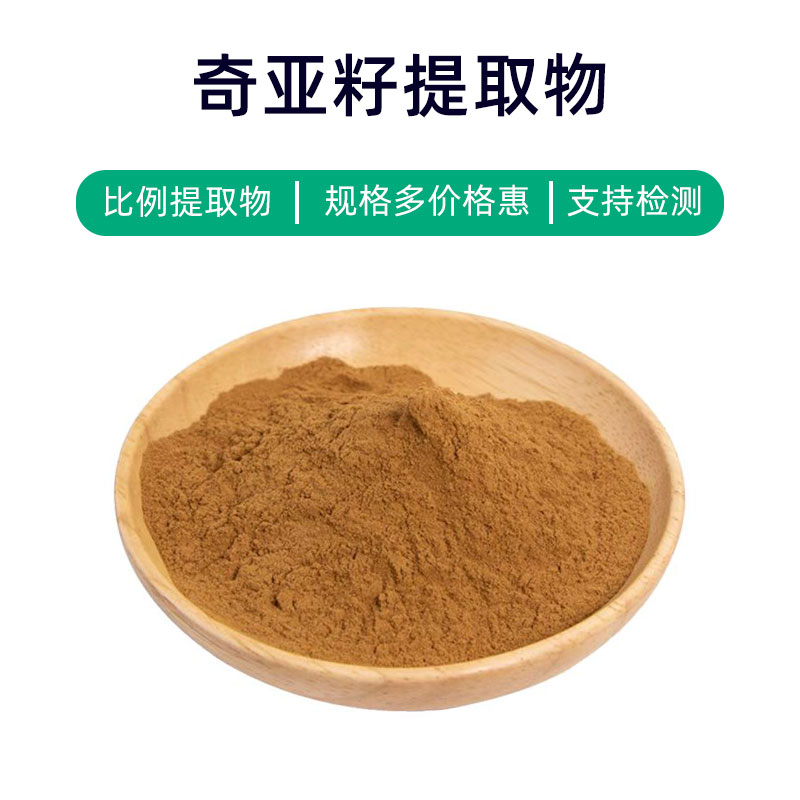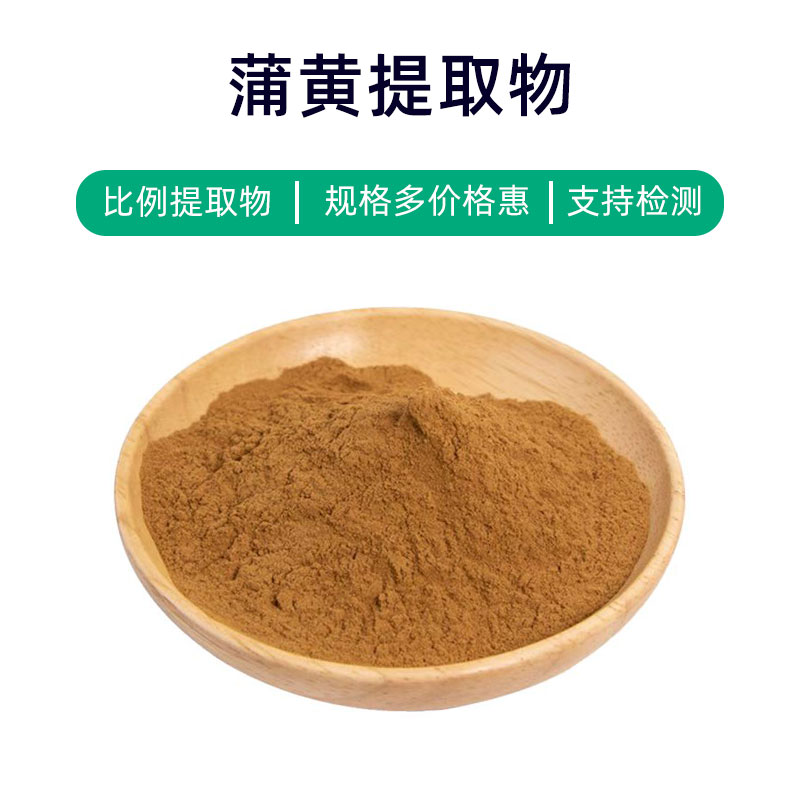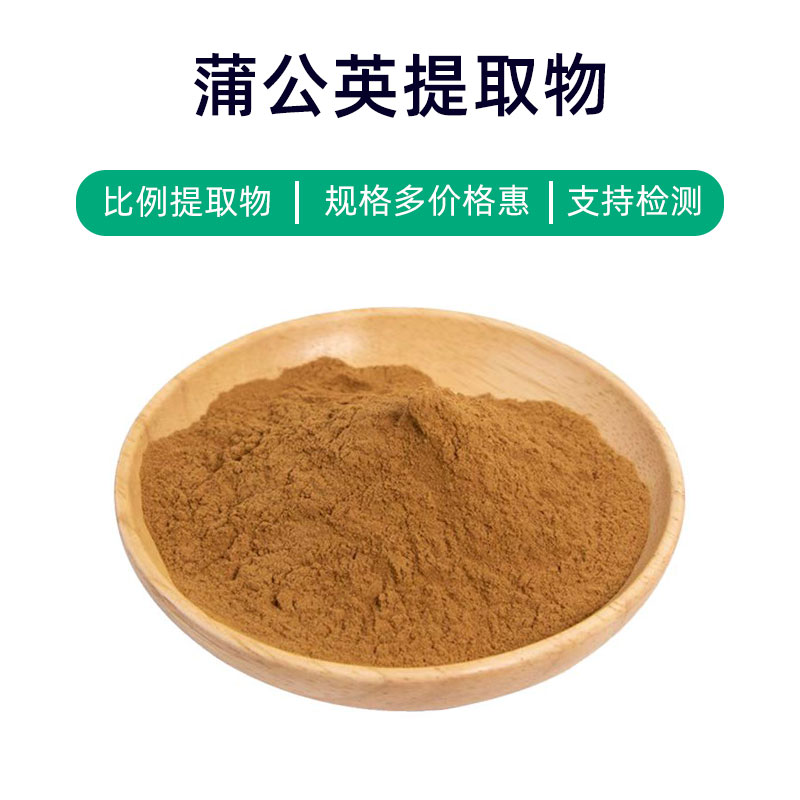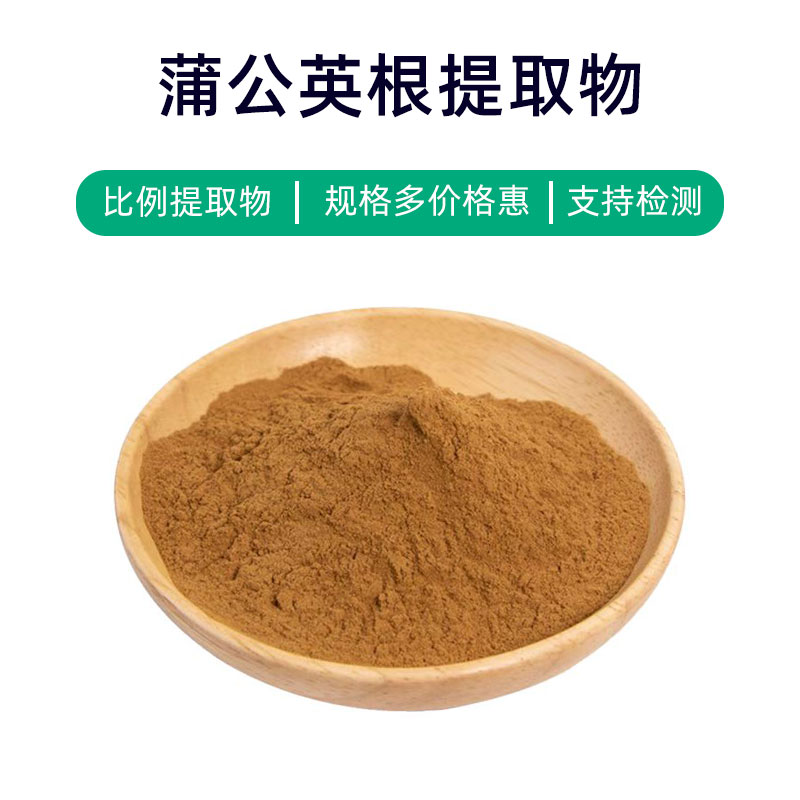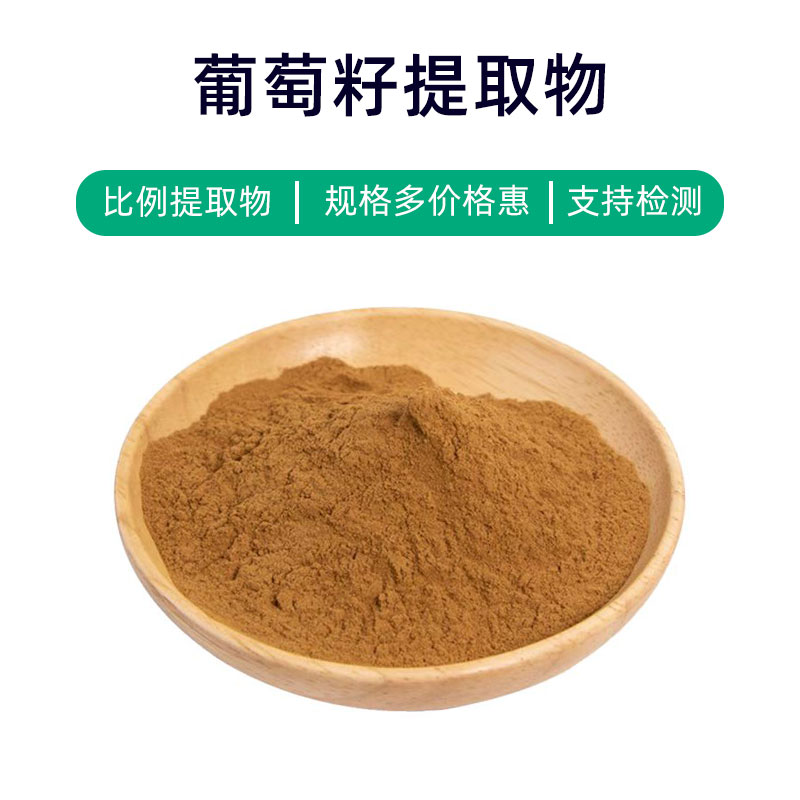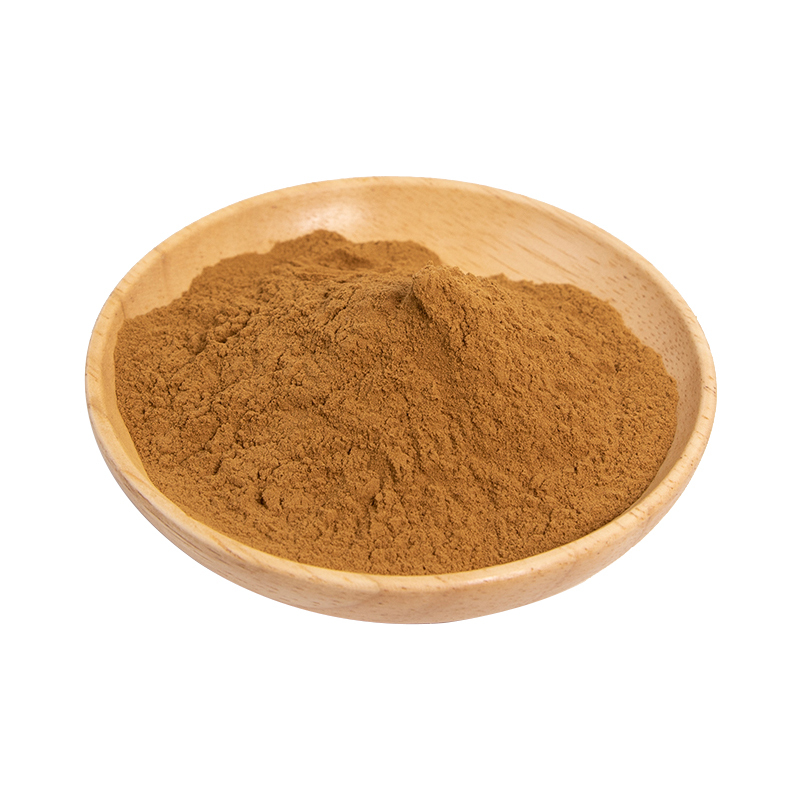Introduction to Cochineal Extract
Cochineal Extract is a natural extract primarily composed of carotenoids, fatty acids, proteins, and natural dye components. Its applications span across food, cosmetics, and pharmaceuticals. In the food industry, Cochineal Extract is commonly used as a natural colorant and additive to enhance food color. In cosmetics, it's also added for its natural red pigment. Additionally, Cochineal Extract is used in pharmaceuticals due to its beneficial properties, although its medicinal application is currently limited. Overall, Cochineal Extract serves as a reliable source of natural components across various industries.
Production Process for Cochineal Extract
The production process for Cochineal Extract primarily involves the following steps:
- Raw Material Preparation: Select fresh Cochineal as the extraction material to ensure quality and purity.
- Cleaning: Wash the collected Cochineal to remove impurities, sand, and other external contaminants, ensuring purity of the extract.
- Crushing and Grinding: Crush and grind the cleaned Cochineal to increase extraction efficiency and surface area.
- Solvent Extraction: Use suitable solvents (such as water, ethanol, etc.) to extract the active components from the Cochineal.
- Filtration: Filter the extract to remove solid residues and impurities, resulting in a clear extract.
- Concentration: Concentrate the extract by removing excess solvents to enhance the content of active components.
- Freeze-Drying: Employ freeze-drying technology to freeze the concentrated extract and remove moisture, yielding a powdered Cochineal Extract.
- Grinding and Sifting: Grind and sift the freeze-dried extract to achieve uniform particle size and distribution.
- Packaging and Storage: Finally, package the extract and store it in a dry, cool, and dark place to maintain its stability and active components' efficacy.
Through these processes, high-purity and high-activity Cochineal Extract can be produced for applications across various industries.
Efficacy and Side Effects of Cochineal Extract
Cochineal Extract, as a natural herbal extract, has been widely used in traditional Chinese medicine and has been partly validated in modern medical research. Its main effects and applications include:
- Nourishing Yin and Strengthening Kidney: Cochineal Extract can help with symptoms like lower back pain, dizziness, and tinnitus caused by kidney Yin deficiency.
- Clearing Heat and Reducing Dampness: It is effective in treating urinary tract infections, frequency, and urgency due to damp-heat accumulation.
- Calming the Mind: Cochineal Extract can help alleviate insomnia, forgetfulness, and vivid dreams caused by excessive heart fire.
- Anti-bacterial and Anti-inflammatory: It possesses certain anti-bacterial and anti-inflammatory properties, useful in treating infections such as dermatitis and pharyngitis.
- Regulating Immunity: It can help modulate immune function, enhancing the body’s resistance to infections and disease.
- Lowering Blood Pressure and Lipids: Research indicates its potential in regulating hypertension and hyperlipidemia, helping to lower blood pressure and lipid levels.
- Antioxidant: Cochineal Extract is rich in natural antioxidants that help eliminate free radicals, slow down aging, and protect cells from oxidative damage.
While generally safe, users should be cautious of the following:
- Individual Differences: Reactions to Cochineal Extract may vary; some individuals might experience allergic reactions.
- Drug Interactions: Cochineal Extract may interact with other medications, affecting efficacy or increasing side effects; it should be used under professional guidance.
- Dosage Control: Monitoring dosage is important to avoid adverse reactions from excessive use.
In summary, Cochineal Extract has various effects and applications, and when used at appropriate doses, it can provide health benefits, but users must exercise caution to avoid adverse reactions.
Application Scenarios and Dosage of Cochineal Extract
Cochineal Extract has widespread applications in medicine, food, and cosmetics, with dosage varying by specific use. Below are its applications and dosages in different fields:
- Medical Applications:
- Kidney Deficiency and Impotence: Cochineal Extract can be used to treat kidney deficiency impotence, typically at a dosage of 3-6 grams per day, divided into two doses over several weeks.
- Urinary Tract Infections: Due to its heat-clearing and damp-reducing properties, it is effective for urinary tract infections, generally taken at 3-5 grams per dose, 2-3 times daily.
- Food Applications:
- Health Supplements: Cochineal Extract can be used as an additive in health foods to improve immunity and regulate body condition, with a recommendation of 2-3 grams per day, added to drinks or food.
- Functional Foods: It can also be used in the production of functional foods, such as Cochineal nutrient tablets or drinks, with dosage according to the product formulation.
- Cosmetic Applications:
- Skincare Products: With moisturizing and antioxidant properties, it is included in skincare products like masks and creams; typically, 0.5-1 gram is recommended per application on clean skin.
- Hair Care Products: It is added to shampoos and body washes for moisturizing hair and skin, with dosage according to the product formulation.
When using Cochineal Extract, it is essential to consider:
- Dosage Form Selection: Choose the appropriate form based on specific needs, such as capsules, powders, or liquids.
- Dosage Control: Strictly adhere to dosage guidelines to avoid excessive use, following physician or product instructions.
- Duration of Use: For desired effects, long-term use may be beneficial, but reasonable usage periods should be observed.
Overall, Cochineal Extract finds varied applications in medicine, food, and cosmetics, with usage and dosage requiring careful consideration based on specific situations, strictly following medical advice or product guidelines.
Information on the Source Plant of Cochineal Extract, Distribution, and Growth Environment
Cochineal (Scientific Name: Patinopecten yessoensis) is a common large bivalve, also known as the Japanese scallop, belonging to the scallop family. It is an important marine economic species widely used in food processing and aquaculture. Here are details about the source plant, distribution, and growth environment:
Source Plant Description:
Cochineal is a bivalve mollusk with a shell made of two uneven valves, resembling a scallop, hence the name Japanese scallop. They typically inhabit sandy or muddy seabeds, feeding on plankton found in seawater. Cochineal primarily consumes phytoplankton, zooplankton, and organic detritus, making them typical filter-feeding animals.
Distribution:
Cochineal is mainly found in the temperate and subpolar seas of the North Pacific, including the Sea of Japan, East China Sea, Yellow Sea, and the Far East region of Russia. They generally live at seabed depths of 10 to 50 meters and are among the more commonly found bivalves, representing a significant economic species.
Growth Environment:
Cochineal typically thrives in cooler waters with high-quality water, preferring stable current conditions. They commonly settle on sandy or muddy seabeds at moderate depths for optimal filter feeding. The growth rate and cycling of Cochineal are influenced by environmental factors, including water temperature, quality, and nutrient availability.
Aquaculture Environment:
Given its economic importance, Cochineal is bred in many areas. Farming practices usually select waters that are clear and nutrient-rich; farm-raised Cochineal can have the yield and quality enhanced through environmental management. Regular cleaning and maintenance of the farming environment are necessary for ensuring their healthy growth and high yields.
In summary, Cochineal is an important marine bivalve primarily distributed in the temperate and subpolar seas of the North Pacific. They prefer cooler waters and live on sandy or muddy seabeds, representing a valuable economic resource. Under suitable farming environments, Cochineal can be cultivated, yielding high economic value.
Processing and Storage of Cochineal Extract
The processing of Cochineal Extract usually involves extraction, filtration, concentration, and drying steps. Initially, fresh Cochineal is cleaned and prepared, followed by extraction through methods like aqueous extraction or alcohol extraction. The liquid extract is then filtered to remove impurities, concentrated to evaporate moisture, and finally dried to produce Cochineal Extract powder. For storage, Cochineal Extract should be kept in a cool, dry place away from direct sunlight and moisture, minimizing oxygen exposure to prevent oxidation. It is advisable to store it in sealed containers and regularly check its quality to ensure product stability and efficacy.
Monica Sun is a seasoned expert in the plant extraction industry with over a decade of experience in research and production. She specializes in the extraction and purification of plant active ingredients, focusing on driving innovation in natural product applications. Monica has participated in the development of multiple functional plant extracts, delivering high-value natural raw material solutions for the health food, pharmaceutical, and dietary supplement sectors.









